
Financial Market (Part 8)
Understand the basics with our interactive market course.
What Is a CFD?
A CFD (Contract for Difference) is a financial agreement to exchange the difference in the price of an asset, such as a currency, commodity, stock, or index from the time the contract is opened to the time it is closed.
If the asset’s price moves in your favor, you earn the difference; if it moves against you, you pay the difference to the other party.
CFD prices reflect the movement of the underlying asset. For example, if you open a CFD position at $14 and close it at $16, you gain $2. Conversely, if you open a CFD at $10 and close it at $8, you lose $2.
In essence, trading CFDs means you don’t actually own or exchange the physical asset. Instead, you’re speculating on whether its price will go up or down, and your profit or loss is based on that price movement.

Benefits of trading CFDs vs. Centralized Exchanges
- Broad Market Access: CFDs are available on a wide variety of assets—from currencies and commodities to stocks and indices.
- User-Friendly Platforms: Trade easily through online platforms from anywhere.
- Flexible Risk Management: Use tools like Stop Loss and Take Profit, and open trades with smaller position sizes to better control risk.
- Access to Leverage: Trade larger positions with a smaller deposit, making it easier for retail investors to participate.
- Fewer Restrictions: Open and close trades at any time, without the limitations often found on centralized exchanges.
- Go Long or Short: Profit from rising or falling markets by choosing to buy (go long) or sell (go short).
Hedging Opportunities: Manage your exposure by taking positions in both directions on the same asset simultaneously.
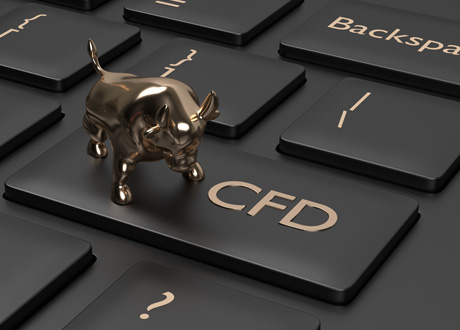
Long and Short. What Do They Mean?
- ‘Long’ Position = Buy
You expect the price of the asset to rise in order to make a profit. - ‘Short’ Position = Sell
You expect the price of the asset to fall in order to make a profit.
In case you open a long position and the asset price drops, your trade will start to incur a loss.
In case you open a short position and the price rises instead, you will begin to make a loss.
That’s why traders often say they're "going long" on an asset when buying, or "shorting" it when selling.
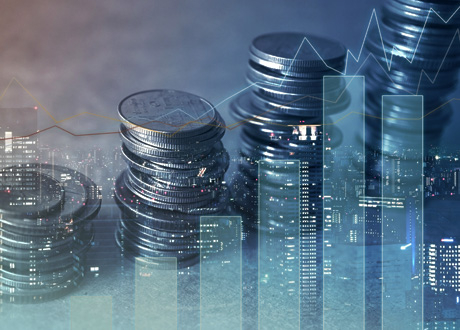
Stop Loss and Take Profit
Stop Loss and Take Profit are types of pending orders that can be linked to a position. They automatically close a trade once the market reaches a specified price level.
- Stop Loss - Used to limit losses or lock in profit after a partial decline. For buy positions - place it below the current market price; for sell positions - place it above the current market price.
- Take Profit - Used to secure gains at a target price, or to protect profit from further loss. For buy positions - place it above the current market price; for sell positions - place it below the current market price.
These orders can be added when opening a trade or modified later. You can also attach them to pending orders.
Keep in mind that Stop orders (including Stop Loss) are executed using Market Execution, which means the final fill price may differ from your set level due to price gaps or volatility.Limit orders (including Take Profit) are filled using Limit Execution, at the requested price or better.For further details, refer to Atmexx’s Order Execution Policy.
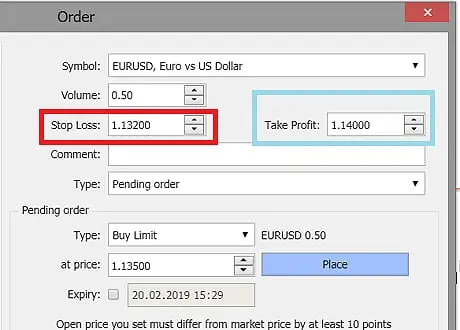
Pending Orders
Pending Orders are instructions to open a trade automatically at a predetermined price in the future. Once the specified price level is reached, a corresponding Buy or Sell position is triggered.
Stop Orders are used when you expect the price to break a certain level and continue moving in the same direction.
There are two main types of “stop” pending orders:
- Buy Stop. Placed above the current market price. You expect the price to rise to the set level, triggering a Buy trade, and then continue moving upward.
- Sell Stop. Placed below the current market price. You expect the price to fall to the set level, triggering a Sell trade, and then continue moving downward.
All Stop Orders are executed using Market Execution, meaning they are filled based on the VWAP (Volume Weighted Average Price) available at the time.
For further details, please refer to Atmexx’s Execution Policy.
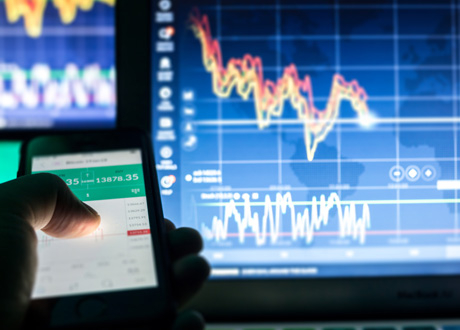
Pending Orders
Pending Orders are instructions to open a trade at a specified price in the future. If the market reaches your chosen level, a Buy or Sell position will be opened automatically.
Limit Orders are based on the assumption that the price will reach a certain level and then reverse direction.
There are two types of limit pending orders:
- Buy Limit. Placed below the current market price. The expectation is that the price will drop to your chosen level, trigger a Buy trade, and then reverse upward.
- Sell Limit. Placed above the current market price. The expectation is that the price will rise to your chosen level, trigger a Sell trade, and then reverse downward.
All Limit Orders are executed using Limit Execution, which ensures your order is filled at the requested price or better if available.
For more details, please refer to Atmexx’s Execution Policy.
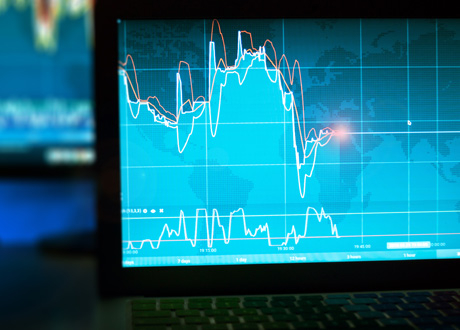
Quick recap of key points of this lesson:
- CFD trading allows you to speculate on the price movement of an underlying asset without owning it physically.
- Key advantages of trading CFDs include easy access through online platforms, multiple order types and fewer restrictions.
- A Buy trade is known as taking a long position, while a Sell trade is known as a short position.
- A Stop Loss order helps limit potential losses, while a Take Profit order is used to secure profits at a predefined price.
- Pending Orders can be set in advance to automatically open a trade when the market reaches a specified level.
- Pending Stop Orders are used when you expect the price to continue moving in the same direction after hitting a certain level.
- Pending Limit Orders are used when you anticipate the price will reach a specific level and then reverse direction.
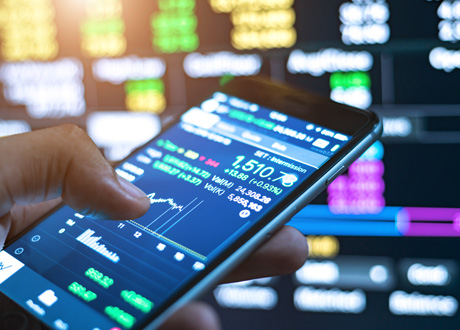
Risk Warning: Before you start trading with leverage, ensure that you understand the associated risks and possess a sufficient level of knowledge
We do not serve customers from the USA and Iran



.svg)